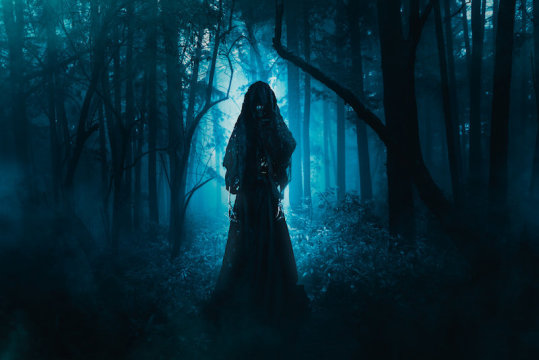HOME
I ain't afraid of no ghosts: People with mind-blindness not so easily spooked

The study, published today in Proceedings of the Royal Society B, tested how aphantasic people reacted to reading distressing scenarios, like being chased by a shark, falling off a cliff, or being in a plane that's about to crash.
The researchers were able to physically measure each participant's fear response by monitoring changing skin conductivity levels -- in other words, how much the story made a person sweat. This type of test is commonly used in psychology research to measure the body's physical expression of emotion.
According to the findings, scary stories lost their fear factor when the readers couldn't visually imagine the scene -- suggesting imagery may have a closer link to emotions than scientists previously thought.
"We found the strongest evidence yet that mental imagery plays a key role in linking thoughts and emotions," says Professor Joel Pearson, senior author on the paper and Director of UNSW Science's Future Minds Lab.
News Source